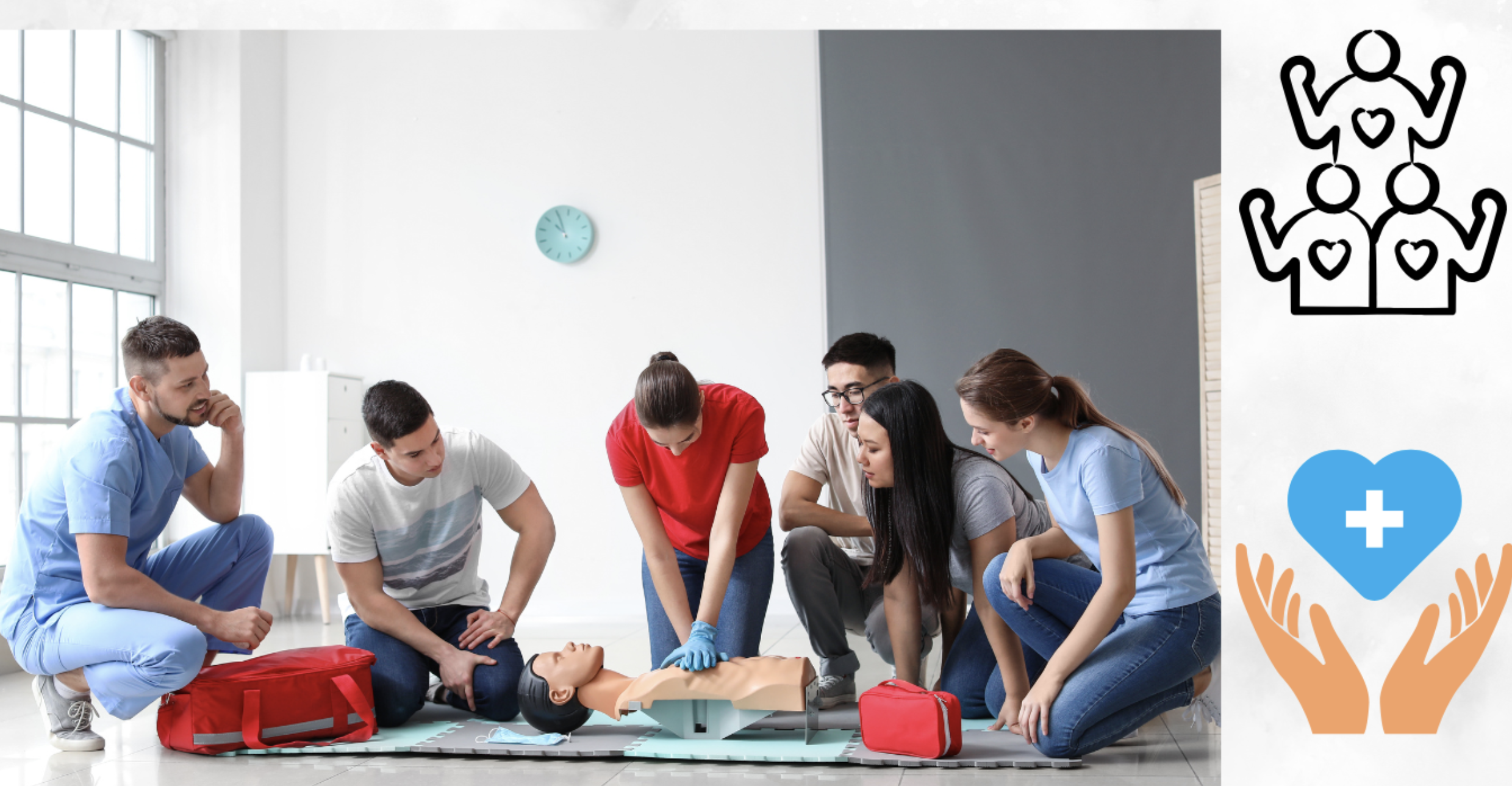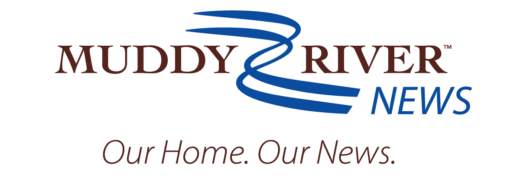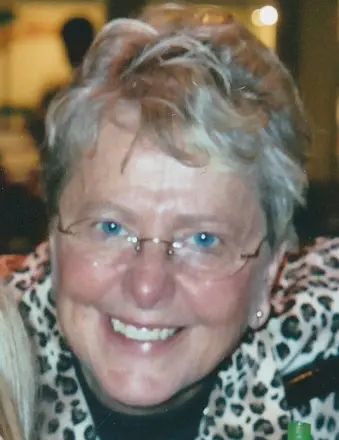Small Town Strength: Why Every Community Needs More CPR and First Aid Trained Citizens

In small towns and tight-knit communities across America, people pride themselves on showing up for each other — whether that means plowing a neighbor’s driveway, delivering a casserole after a loss, or volunteering at the local fair. But emergencies can test even the most well-meaning intentions. That’s why more residents are seeking out skills that can truly make a difference when seconds count. Getting a CPR First aid training certification isn’t just for doctors or lifeguards — it’s for everyday heroes. It’s for teachers, cashiers, grandparents, and coaches who want to be ready if a crisis hits.
Why CPR and First Aid Matter More Than Ever
Emergency response time varies by region, and in many rural areas, help may be 10, 15, or even 30 minutes away. When someone collapses from cardiac arrest or suffers a traumatic injury, the first person on the scene is often not a medical professional — it’s a bystander.
Quick Response Saves Lives
According to the American Heart Association, performing CPR within the first few minutes of cardiac arrest can double or triple a person’s chance of survival. When someone in the community is trained to respond immediately, outcomes improve significantly.
Small Towns, Big Responsibilities
In smaller towns, first responders are often volunteers or part-time staff. During high-volume periods or bad weather, wait times can increase — making it even more important for regular citizens to step up when needed.
Real-World Scenarios Where Training Makes a Difference
Think about your own town or neighborhood. How many of these situations could realistically happen — or have already?
- A child chokes during a pancake breakfast at the community center
- A grandparent collapses at a high school football game
- A kitchen accident causes a serious burn or deep cut at a church potluck
- A bicyclist is hit by a car on a rural road and needs immediate care
- Someone suffers a heat stroke at the county fair
In each of these cases, having someone nearby with CPR or first aid training could dramatically improve the outcome.
What You Learn in CPR and First Aid Certification Courses
Most people are surprised to learn how approachable the training actually is. You don’t need medical experience — just a willingness to learn.
Here’s what’s typically covered:
- How to perform CPR on infants, children, and adults
- How to use an AED (automated external defibrillator)
- Choking rescue techniques
- Treating bleeding, burns, sprains, and fractures
- Recognizing and responding to stroke and heart attack symptoms
- Managing seizures, allergic reactions, and heat-related illness
- Creating a basic emergency plan for home, school, or events
Courses typically last between 4 and 8 hours, and certification is good for 2–3 years.
How Local Communities Can Promote Training
1. Make It a Community Event
Churches, VFW halls, libraries, and fire stations are great places to host free or low-cost training sessions. These group classes often lead to better engagement and ongoing community conversations about safety.
2. Partner With Local Schools
High school students are capable of learning these lifesaving skills, and some states even require CPR training for graduation. Encouraging local districts to integrate certification into the curriculum helps build a more prepared next generation.
3. Encourage Employers and Local Businesses
Local businesses can offer CPR training to staff as part of professional development or workplace safety initiatives. From daycare centers to auto repair shops, having trained staff on site protects both employees and customers.
4. Promote Awareness Through Local Media
Newspapers, radio, and online outlets (like Muddy River News) play a key role in raising awareness. Highlighting success stories — like when a coach saves a player’s life — can inspire others to take action.
More Than Preparedness — It’s About Empowerment
Beyond the obvious benefits of being able to respond in an emergency, CPR and first aid training offers something deeper: empowerment.
- It gives people the ability to remain calm under pressure
- It instills a sense of confidence and leadership
- It brings neighbors together in a common mission — to protect each other
In a world that sometimes feels out of control, these practical skills offer something powerful: the chance to take control when it matters most.
Final Thoughts
Getting a CPR First aid training certification isn’t just about ticking a box — it’s about stepping into the role of a responsible community member. In a place where neighbors know your name and kids still ride bikes until the streetlights come on, having the power to help in an emergency is one of the greatest gifts you can give.
So the next time your local rec center, church, or workplace offers a class — say yes. You might just save a life. And even if you never need to use your skills, the confidence, leadership, and sense of connection you gain will stay with you for life.
Miss Clipping Out Stories to Save for Later?
Click the Purchase Story button below to order a print of this story. We will print it for you on matte photo paper to keep forever.

